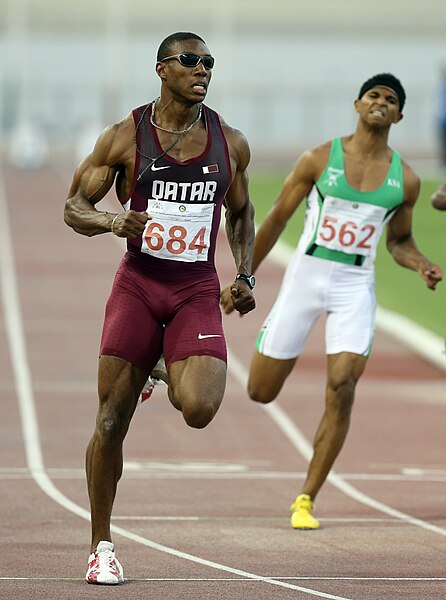The idea of
training with complexes has been receiving quite a bit of attention recently and with good reason. Complexes are an amazingly effective tool for losing fat and strengthening the heart, making them a great replacement for more common forms of cardio. Complexes also help to maintain muscle mass and increase levels of growth hormone and testosterone (something traditional forms of cardio – like jogging or working the elliptical – simply don’t do). When compared to other forms of general conditioning methods, complexes are tough. Doing a workout of complexes WILL humble you if you do it at the right intensity. This makes them a perfect training tool for the martial artist. However, to make things a bit more specific to martial arts I like to do what are called “unilateral complexes”.
Unilateral Complexes
In order to understand what a unilateral complex is you must first understand what a typical complex is. A complex is simply a series of exercises, done in succession, with one training tool (a barbell, dumbbells, kettlebells, rubber tubing, ect…). You complete a prescribed number of reps for an exercise before moving on to the next exercise. You are not allowed to put down the training tool between exercises. Once you have completed each exercise in the complex you are allowed to rest. Typical rest periods vary between 30 seconds to 2 minutes (depending on the intensity of the load being used).
Most complexes are done bilaterally (using both sides of the body simultaneously) with exercises like the barbell deadlift, the standing barbell should press, or the barbell power clean. Doing complexes according to this protocol is extremely effective, but it doesn’t offer a lot of specificity for the martial artist. Ask yourself : How many times have you thrown your punches or kicks with both arms or legs at the same time? Exactly. Unilateral complexes are done with either a single dumbbell or kettlebell (usually) working one side of the body at a time. You’ll complete all the exercises on one side of the body first, then switch sides and finish the complex on the other side of your body. Remember: you are only allowed to rest when you have completed each exercise in the complex on both sides of your body.
The following are my two favorite unilateral complexes. You can do them with either a single dumbbell or kettlebell:
Complex A: (click
here for the video)
1. 1 arm Sumo Deadlift
2. 1 arm Row
3. 1 arm Clean
4. 1 arm Shoulder Press
5. Windmill
6. 1 arm Overhead Squat
Complete 3-5 repetitions for each exercise before moving onto the next. Choose a weight that allows you to complete the prescribed number of repetitions , with good form, for your weakest lift. Once you’ve completed the complex you can rest 30 seconds to 2 minutes. Try to complete 3-8 complexes
Complex B: (click
here for the video)
1. Split Style Suitcase Squat
2. Split Style 1 arm Snatch
3. Split Style Push Press
4. 1 Arm Overhead Split Style Squat
Complete 3-5 repetitions for each exercise before moving onto the next. Choose a weight that allows you to complete the prescribed number of repetitions , with good form, for your weakest lift. Once you’ve completed the complex you can rest 30 seconds to 2 minutes. Try to complete 3-8 complexes
Conclusion
These workouts are great conditioning tools. You can use them as a stand alone workout or after a regular training session. I like to use them after a heavy bag or pad work training session. However you use them make sure your give 100%
Train Hard,
Josh Skinner





